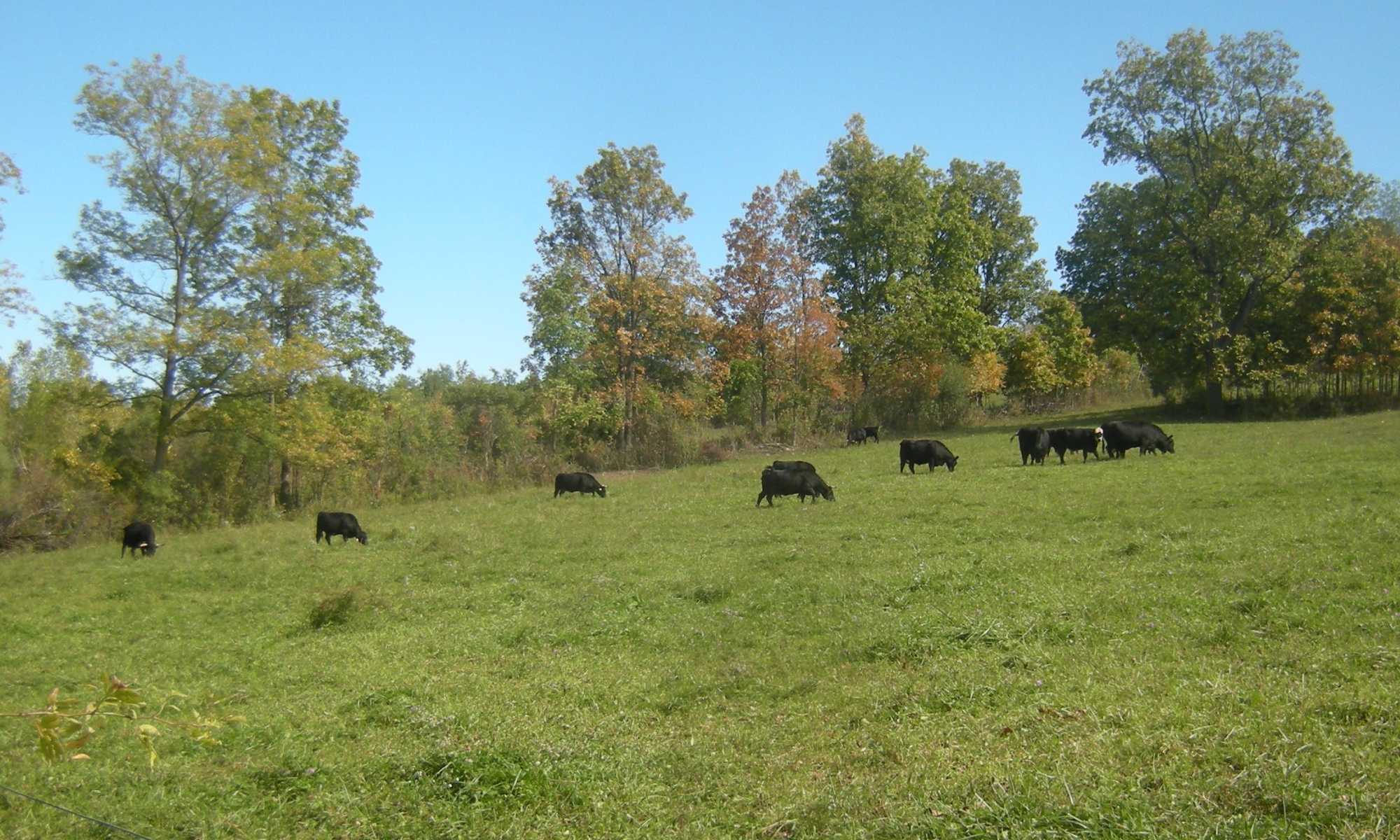 Benjamin Franklin, commenting to his daughter about the bird shown on the Great Seal of the US, stated the following:
Benjamin Franklin, commenting to his daughter about the bird shown on the Great Seal of the US, stated the following:
Source: Smithsonian Mag via the Franklin Institute
Yes, it is true that turkeys are a bit vain and silly. But I’m not sure about that courageous part.
The turkeys we raised this year are heritage-crosses, meaning that two heritage breeds were crossed. Like all of our animals, the turkeys have been raised outdoors in fresh air and sunshine, regularly moved to fresh grass, and provided with non-GMO grain.
We will have six turkeys available Monday or Tuesday, November 20 or 21 (the week of Thanksgiving), and they will be sold fresh (not frozen). We are guessing that they will be between 10 and 20 lbs and cost between $70 and $100 each.
Cooking helps with recipe links follow.







